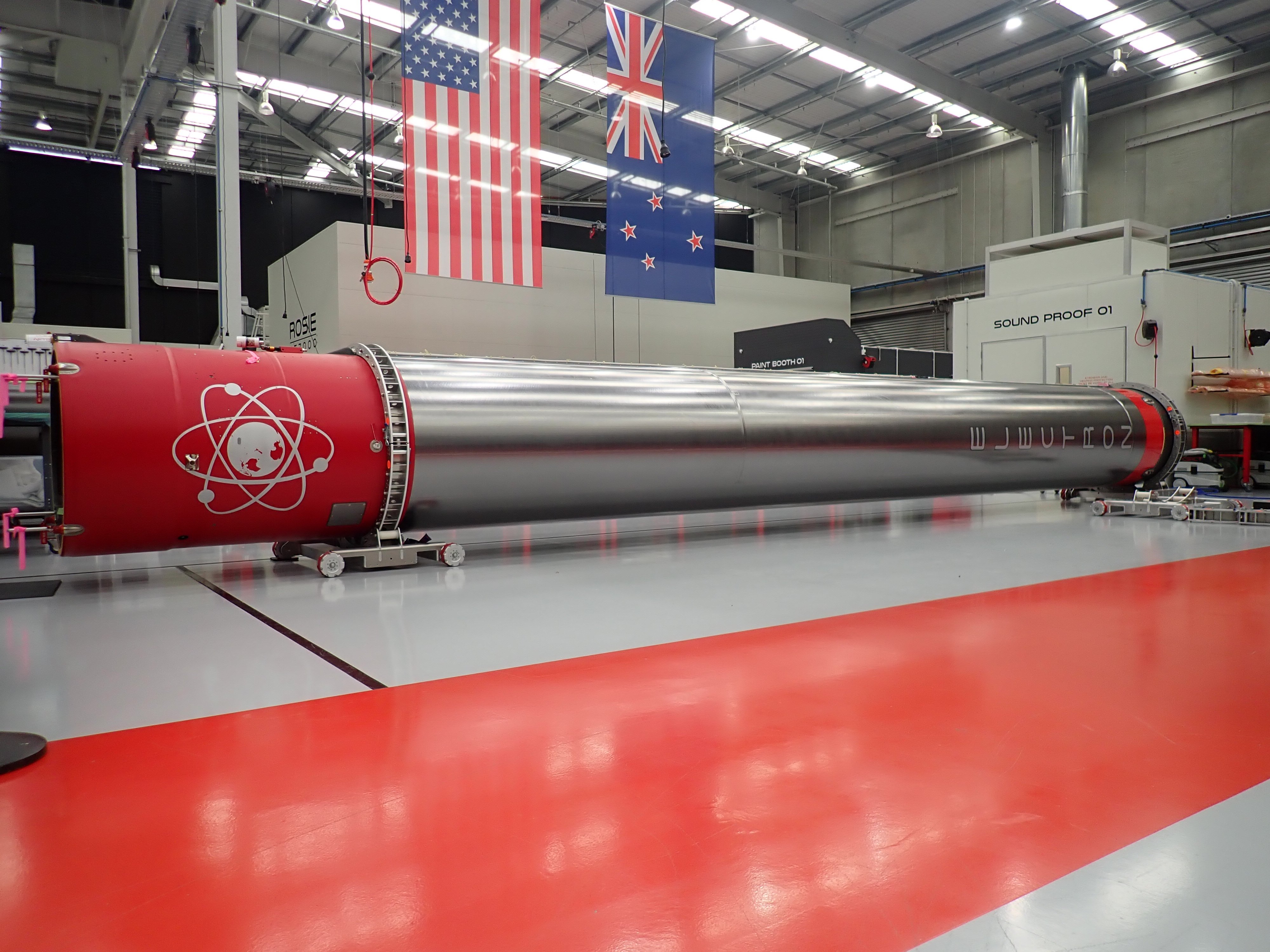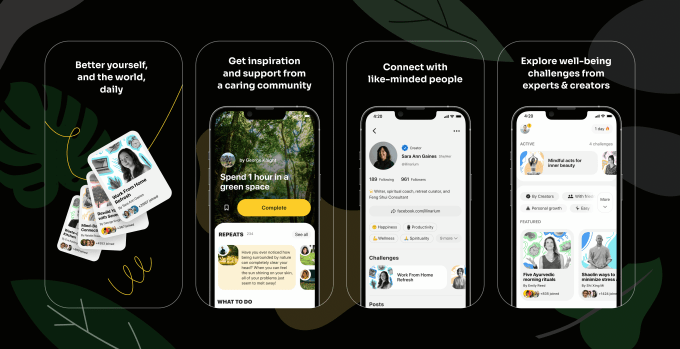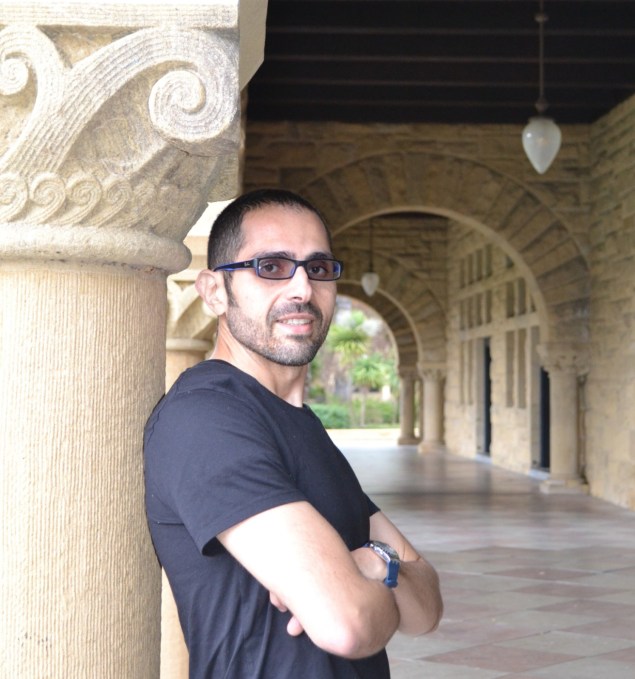Months after its Series A, Singaporean robo-advisor Endowus add $35M SGD in new funding
Endowus is the latest investment app in Southeast Asia to raise follow-on funding, adding $35 million SGD (about $25.6 million US) to its war chest. The round was led by Prosus Ventures, the venture firm majority-owned by Naspers, and EDBI. Participants included SoftBank Corp.-owned Japanese tech conglomerate Z Holdings.
Returning investors included UBS, Singtel Innov8 and Lightspeed Venture Partners.
Endowus raised its $23 million SGD Series A just seven months ago, led by Lightspeed Venture Partners and SoftBank Ventures Asia. The new round brings Endowus’ total funding to $67 million SGD (about $49 million USD) and puts it in the company of other apps that have quickly raised follow-on funding as appetite for retail investing grows in several Southeast Asian markets. These include Pintu, Syfe and Ajaib, all based in Indonesia; and Singapore-based Stashaway.
Co-founder and CEO Gregory Van told TechCrunch that Endowus raised again because it was approached by strategic investors “who really understood our long-term goals with a shared desire to accelerate our growth traction to help more people reach their financial goals. We believe we have discovered a strong product-market fit in Singapore, growing by over $1 billion SGD in assets in 2021 alone.” In terms of what stage Endowus is at now, Van said the new round “is between a Series A and B for us.”
“Until our first external fundraise earlier this year, Endowus was 100% employee-owned and incubated, so we are a bit off the standard cycle.”
Endowus, which launched full service less than two years ago, says it currently has $1.5 billion SGD in total assets under advice. One of the main ways Endowus is different from other investment apps in Singapore is that it is the only digital advisor in Singapore where users can manage both private cash and pension savings and get advice from financial experts, said co-founder and CEO Gregory Van. For example, it’s the only robo-advisor that can advise and help people invest in their national pension savings (Central Provident Fund), which Van says is “one of the key wealth pillars for Singaporeans with up to 37% mandatory contribution rates.”
The new funding will be used to speed-up Endowus’ growth in Singapore, hiring for geographic expansion and product development. The company recently surpassed 100 employees, and plans to double that over the next year.
“While we can reach profitability today by cutting back on some costs, we do not think it is the right strategy. More than anything we want more people to use Endowus digital wealth app to reach their financial goals,” Van said. “To that end, we will continue to pursue accelerated growth, with profitability to follow as the company scales rapidly.”
In addition to Endowus’ Core and Satellite portfolios, users also have the ability to “customize and build solutions with real-time advice on the platform with access to over 150 best-in-class funds,” he added, and can save up to 50% on annual investment costs with no sales fees and 100% trailer fee rebates.













